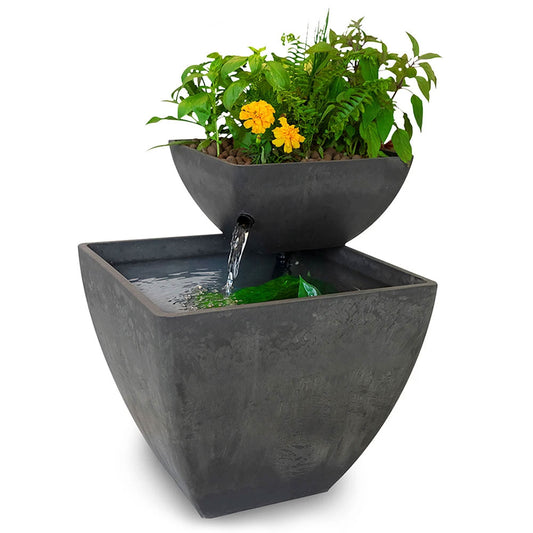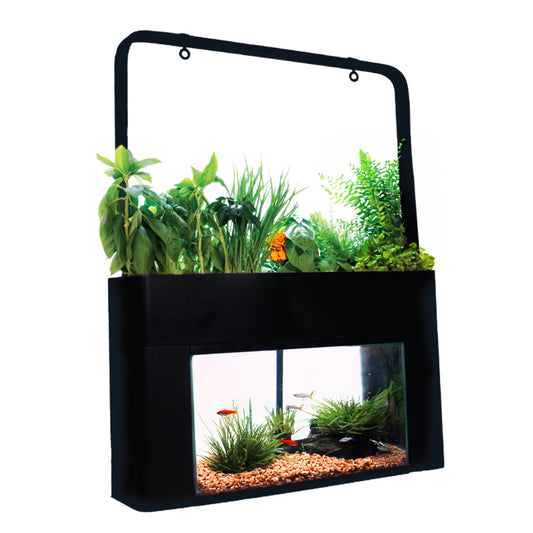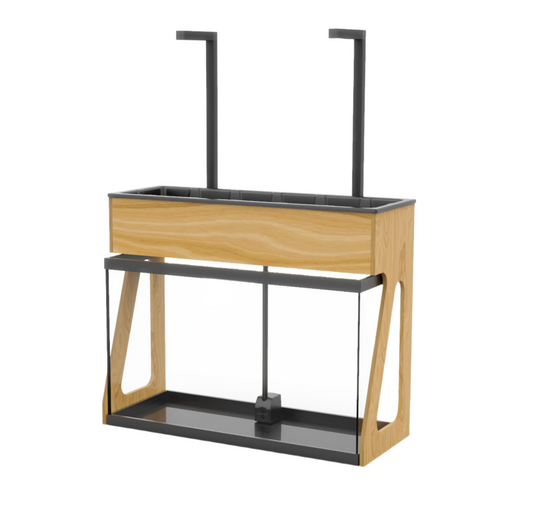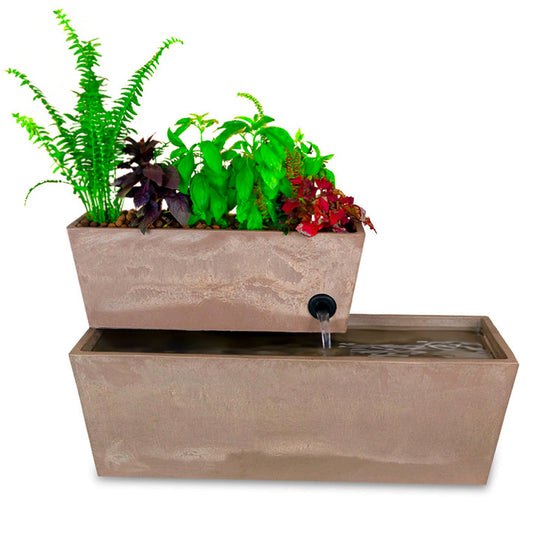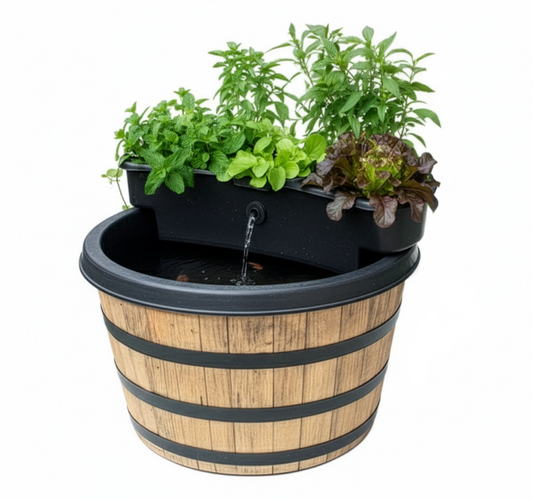Cycling an Aquaponic Garden
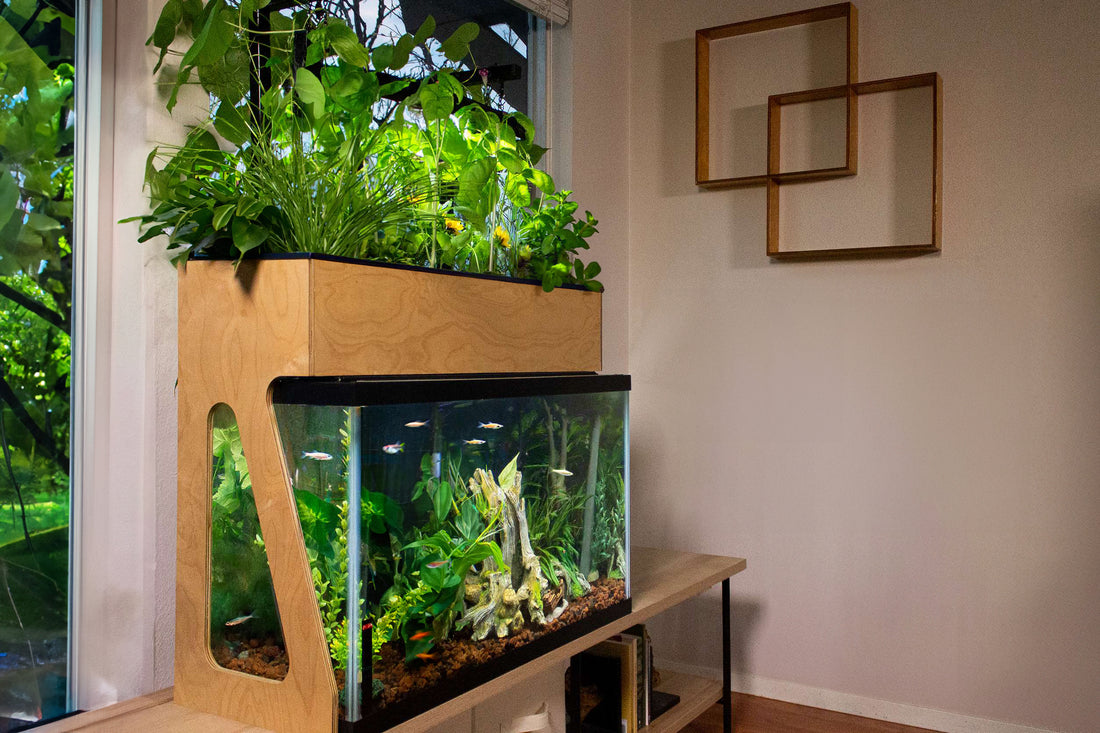
Words of thought
A well-established aquaponic garden should be low-maintenance and largely trouble free, as long as it gets its basic care. A new system, however, has to go through the awkward adolescence of cycling – the initial colonization stage in which the microbes that transform organic waste into a non-toxic form that's easy for plants to take up and use appear, multiply, and spread throughout the system. During this period, your garden will be biochemically unstable, and the risk of incidents which can harm fish, plants, and even the developing microbial communities is much higher than in a mature garden.
Why do I care?
“Cycling,” in the context of a circulating aquatic system like an aquarium or aquaponic garden, is what we call the first few weeks of operation, during which your new, relatively sterile system is being colonized by the beneficial bacteria which digest toxic biological wastes into forms that are safer for your fish and easier for your plants to use. Microbes in your aquaponic garden are the engine that allows nutrients to be passed from the food you give your fish to the plants that you eventually harvest. Nothing works without them! Specifically, the process of cycling is the development of a population of microbe species which digest nitrogenous wastes to make nitrogen available to plants and safe for fish.
Cycling typically happens in two distinct stages: first, a population of bacteria (usually in the genus Nitrosomonas) moves in which oxidatively metabolizes (eats, loosely speaking) ammonia to produce nitrite. Both ammonia (NH3) and nitrite (NO2-) are quite toxic to fish, and can interfere with their respiration at relatively low concentrations - as low as a milligram per liter of water. However, once these first microbes provide some nitrite, a second population of bacteria begin to colonize the system. These (commonly Nitrobacter species) further oxidize nitrite into nitrate (NO3), which is both much easier for plants to take up and use, and much safer for aquatic animals. Most fish species can easily tolerate nitrate levels of up to 100 mg/L and many can survive levels up to 500 mg/L - although in a balanced aquaponic system, your hungry plants will be taking up nitrate long before it reaches concentrations this high!

